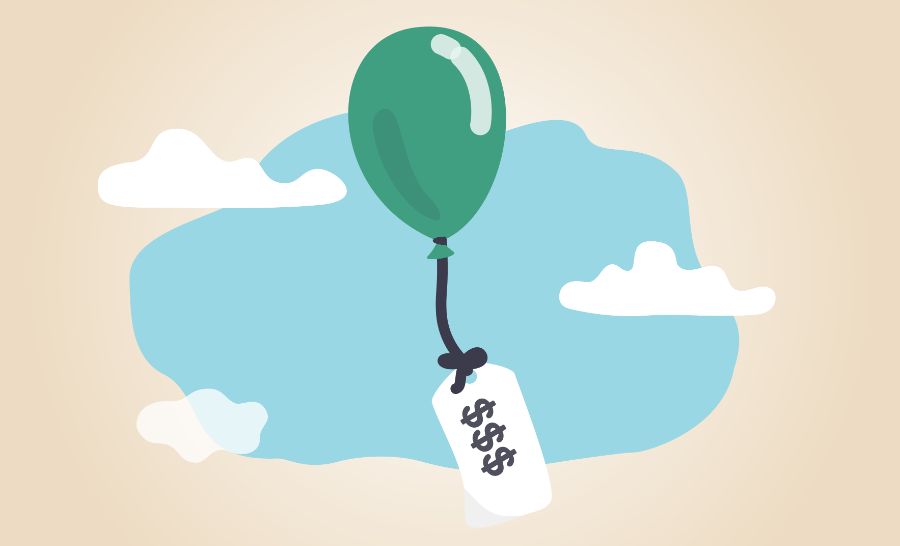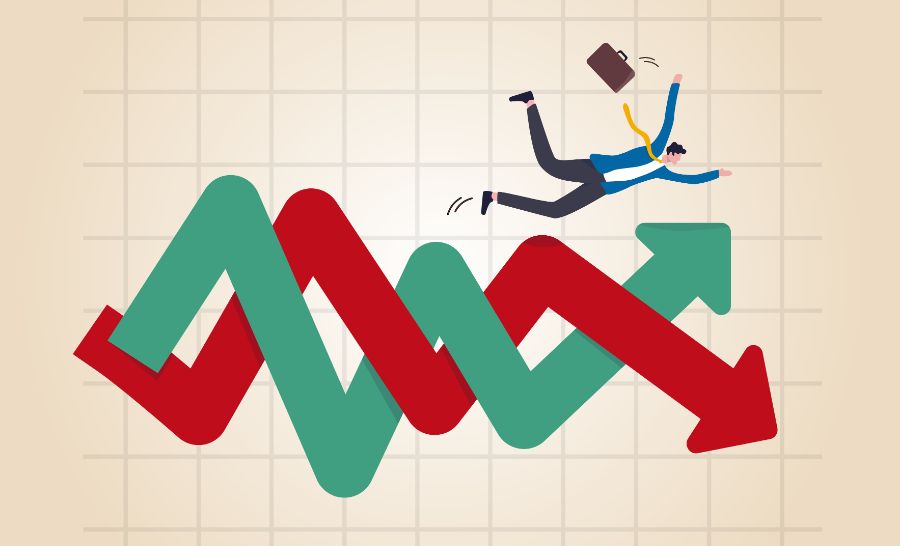Gregory Heym is Chief Economist at Brown Harris Stevens. His weekly series, The Line, covers new developments to the economy, including trends and forecasts. Read on for the latest report and subscribe here to receive The Line in your inbox.
In this week's column, we have the latest on inflation from the "PI" brothers- CPI and his little brother PPI.
Consumer Prices Rose More than Expected in March
I know what you’re thinking, and yes that headline is as bad as it seems. The consumer price index rose 0.4% last month and was 3.5% higher than a year ago. Both these figures were higher than expected, which is never good news. “Core” CPI—which strips out food and energy prices—was also up 0.4% in March and is 3.8% higher than a year ago. Both of those figures were also higher than expected.
As if those points weren’t enough to depress you, perhaps the scariest data in the CPI report was on “supercore” inflation. Supercore inflation takes core inflation and removes housing to measure something called “core services” inflation. This is a number the Fed watches carefully, and it’s up 4.8% over the past year, its biggest year-over-year gain in almost a year. In the past three months, supercore inflation has risen by an annual rate of 8%, which is four times the Fed’s 2% goal.
It's always a big concern when core or supercore inflation is running higher than the headline number, because core inflation typically takes longer to come down. As we’ve seen in the past few months, energy prices can change greatly from month-to-month, but prices for housing, healthcare, insurance, and other essential services don’t change that quickly—hence the term “sticky” inflation.
The March producer price index was better news, coming in below expectations. Unfortunately, it’s big brother CPI that gets all the headlines, so the good news on PPI won’t get much love.
To sum up, here are the big takeaways from March’s CPI report:
-
Inflation has come down bigtime in the past two years, but has flattened out in recent months.
-
Getting inflation down to the Fed’s 2% goal is proving to be a very hard task, much like scoring inside the red zone in the NFL. Just ask the Jets how difficult that is.
-
The better-than-expected performance of the economy—especially the labor market—is not helping the Fed in its fight against inflation.
-
Don’t expect rate cuts anytime soon, in fact I don’t think the Fed will cut rates this year.
-
More and more officials and economists are talking about the possibility of rate hikes if inflation remains this stubborn. Yep, I said hikes, not cuts.
-
Always remember that mortgage rates change every week without the Fed touching rates—something they haven’t done since July—so they don’t need to cut short-term rates for mortgage rates to go down.

